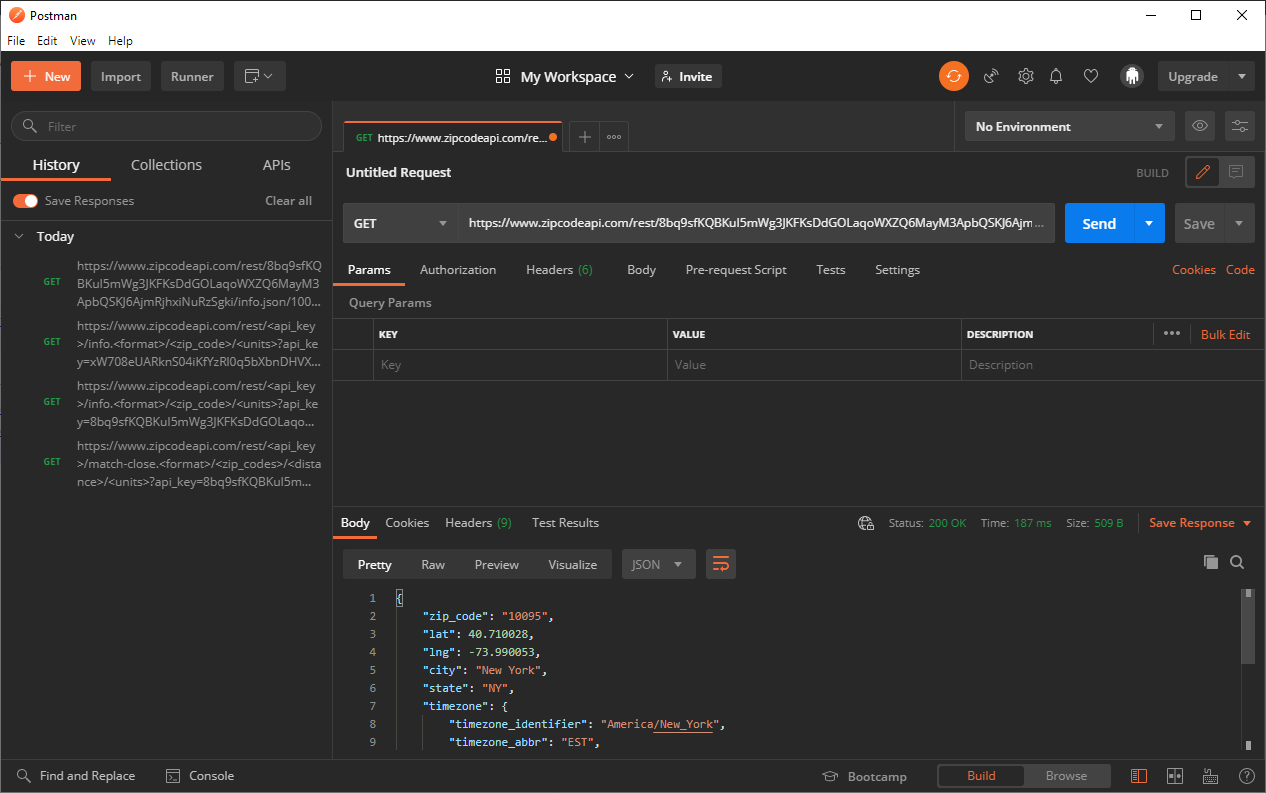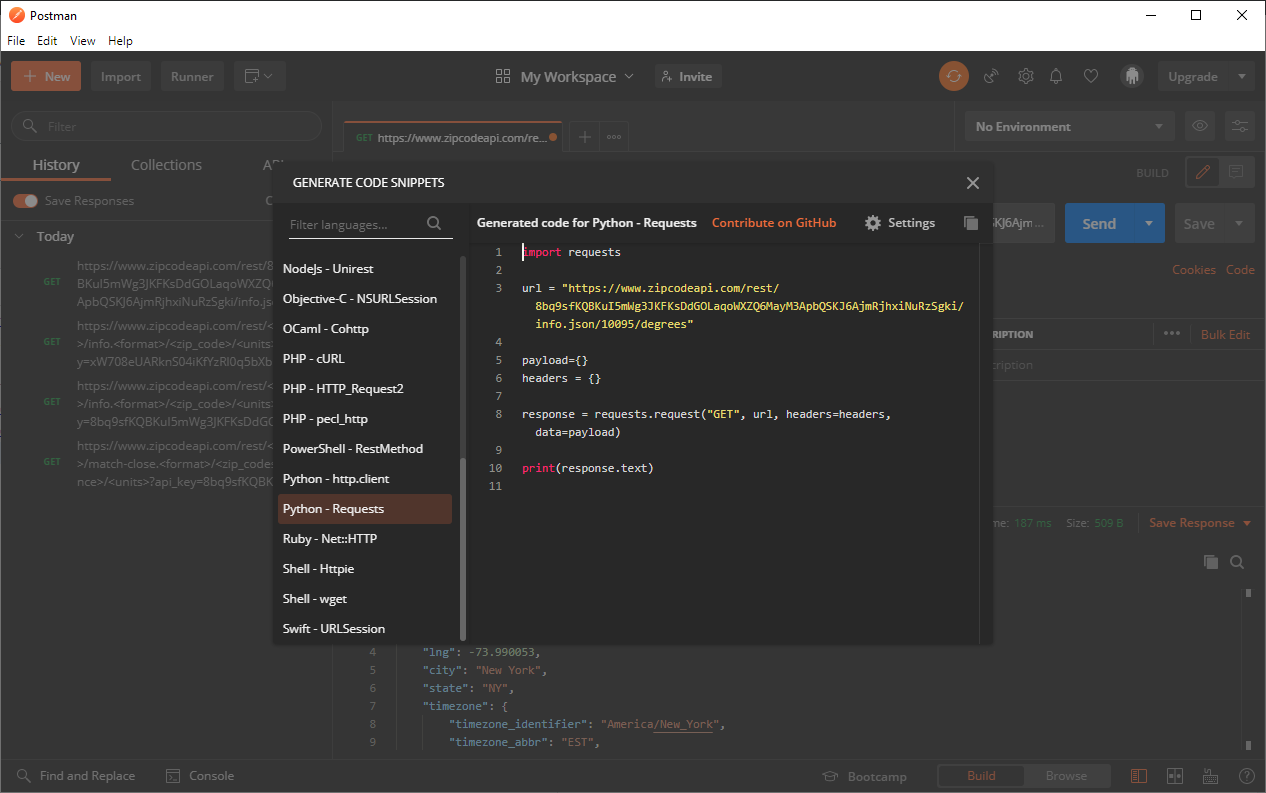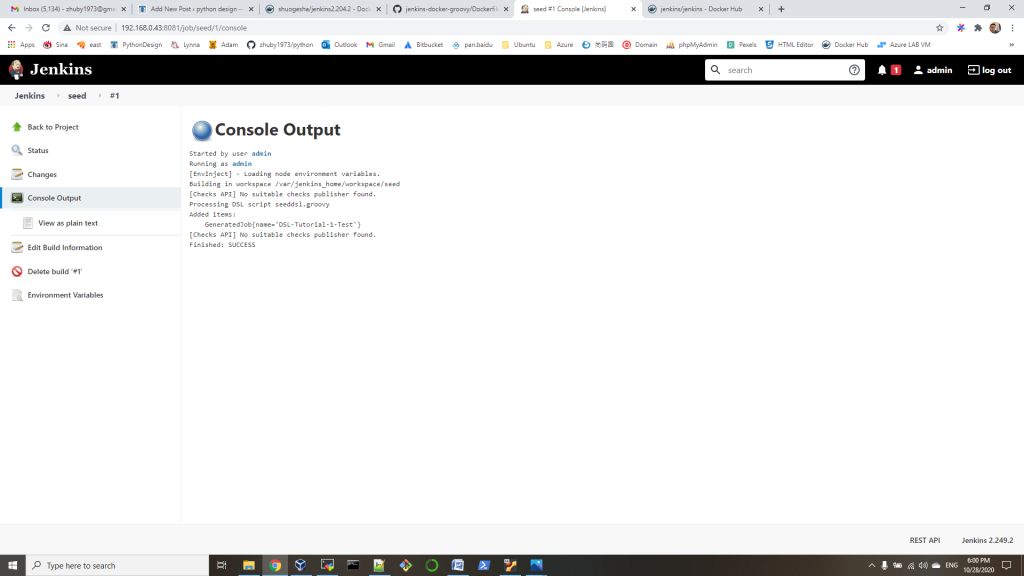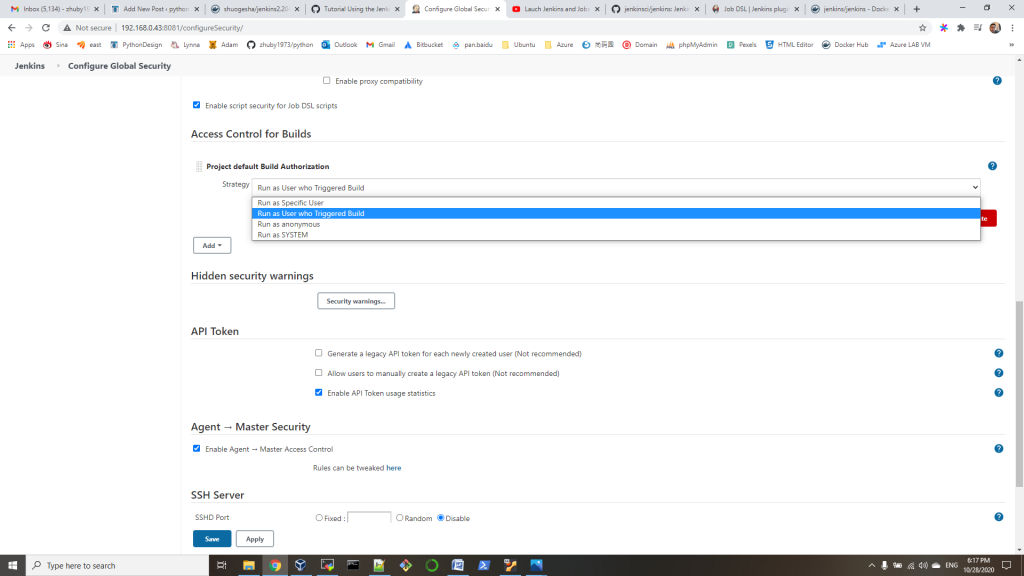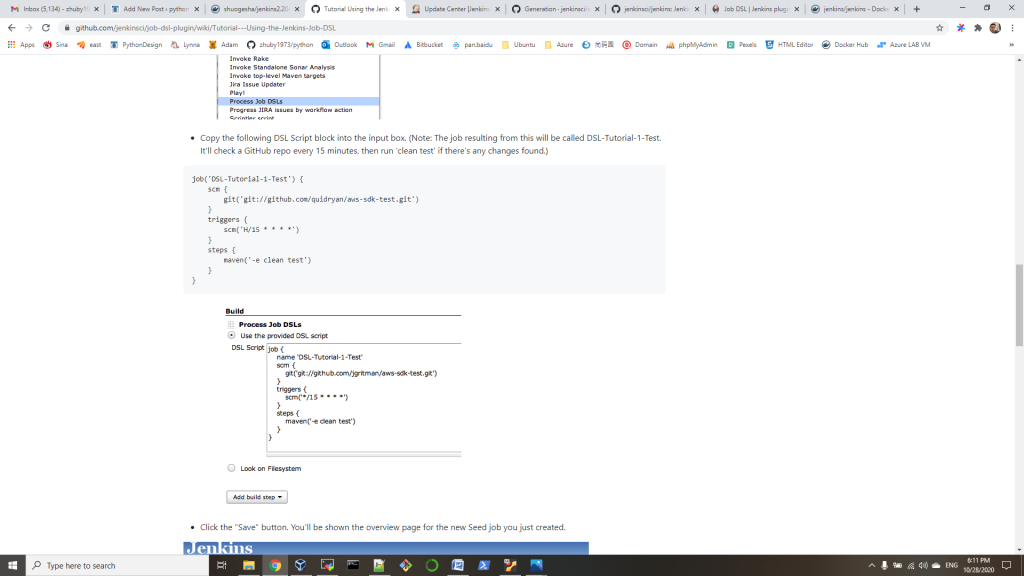- pip install Faker
- test Faker functions:
>>> from faker import Faker
>>> fake = Faker(locale='it_IT')
>>> fake.name()
'Romeo Lanfranchi'
>>> fake.address()
'Piazza Antonio 599 Appartamento 12\nSan Ludovica, 42403 Reggio Emilia (TR)'
>>> fake.ssn()
'YQGCOO12N17H487H'
>>> fake.company()
'Acerbi, Rossini e Viola s.r.l.'
>>> fake.ascii_email()
'campanellaguido@hotmail.it'
3. generate test data with name, password and address
import pymysql
from faker import Faker
conn = pymysql.connect(host="ubuntu2020", port=3306, user="monty", password="password", db="flask201",
charset="utf8")
cursor = conn.cursor()
sql1 = """drop table if exists faker_user"""
sql2 = """
create table faker_user(
pid int primary key auto_increment,
username varchar(40),
password varchar(20),
address varchar(100)
)
"""
cursor.execute(sql1)
cursor.execute(sql2)
fake = Faker("en-US")
for i in range(20):
sql = """insert into faker_user(username,password,address)
values('%s','%s','%s')""" % (fake.name(), fake.password(special_chars=False), fake.address())
print('NAME:'+fake.name() + '|PASSWORD:'+fake.password(special_chars=False) + '|ADDR:'+fake.address())
cursor.execute(sql)
conn.commit()
cursor.close()
conn.close()
4. generate a json of 10 students with name students.json that contains student name, address, location coordinates and student roll number
from faker import Faker
import json # To create a json file
from random import randint # For student id
fake = Faker()
def input_data(x):
# dictionary
student_data ={}
for i in range(0, x):
student_data[i]={}
student_data[i]['id']= randint(1, 100)
student_data[i]['name']= fake.name()
student_data[i]['address']= fake.address()
student_data[i]['latitude']= str(fake.latitude())
student_data[i]['longitude']= str(fake.longitude())
print(student_data)
# dictionary dumped as json in a json file
with open('students.json', 'w') as fp:
json.dump(student_data, fp)
def main():
# Enter number of students
number_of_students = 10
input_data(number_of_students)
main()
C:\Users\zhuby>test_faker.py
{0: {'id': 57, 'name': 'Joshua Russell', 'address': '27726 Reed Bypass Apt. 649\nNelsonburgh, PA 87356', 'latitude': '-86.0037635', 'longitude': '-88.371746'}, 1: {'id': 88, 'name': 'Alexander Carpenter', 'address': '5124 Gonzales Center Apt. 087\nAngelamouth, RI 36493', 'latitude': '87.4800465', 'longitude': '-16.477034'}, 2: {'id': 40, 'name': 'Rachel Miller', 'address': '2878 Curtis Parkways Suite 338\nCarolburgh, OK 27880', 'latitude': '-87.890325', 'longitude': '-98.986404'}, 3: {'id': 72, 'name': 'Jon Graves', 'address': '087 Kelley Ports\nSusanmouth, MN 32402', 'latitude': '-50.9987975', 'longitude': '-145.366978'}, 4: {'id': 1, 'name': 'Joseph Rogers', 'address': '630 Sheryl Underpass\nEast Cheryl, IL 95386', 'latitude': '-62.0369605', 'longitude': '-167.059577'}, 5: {'id': 28, 'name': 'Cheryl Hill', 'address': '6863 Christopher Flats\nNew Angela, OK 10664', 'latitude': '59.4719505', 'longitude': '-73.419133'}, 6: {'id': 93, 'name': 'Sean Robinson', 'address': '911 Gardner Center\nEduardoshire, DC 78317', 'latitude': '7.7988015', 'longitude': '156.459505'}, 7: {'id': 6, 'name': 'Jason Myers', 'address': '9577 Shane Valleys Apt. 973\nNew Peggychester, MI 19213', 'latitude': '27.410656', 'longitude': '71.306510'}, 8: {'id': 100, 'name': 'Lindsay Johnson', 'address': '8592 Kathleen Forge Apt. 490\nBerryhaven, TX 84031', 'latitude': '58.841526', 'longitude': '79.355569'}, 9: {'id': 23, 'name': 'Sandra White', 'address': '93126 Schneider Center Suite 054\nAmandaberg, CA 31652', 'latitude': '25.893303', 'longitude': '113.012125'}}





